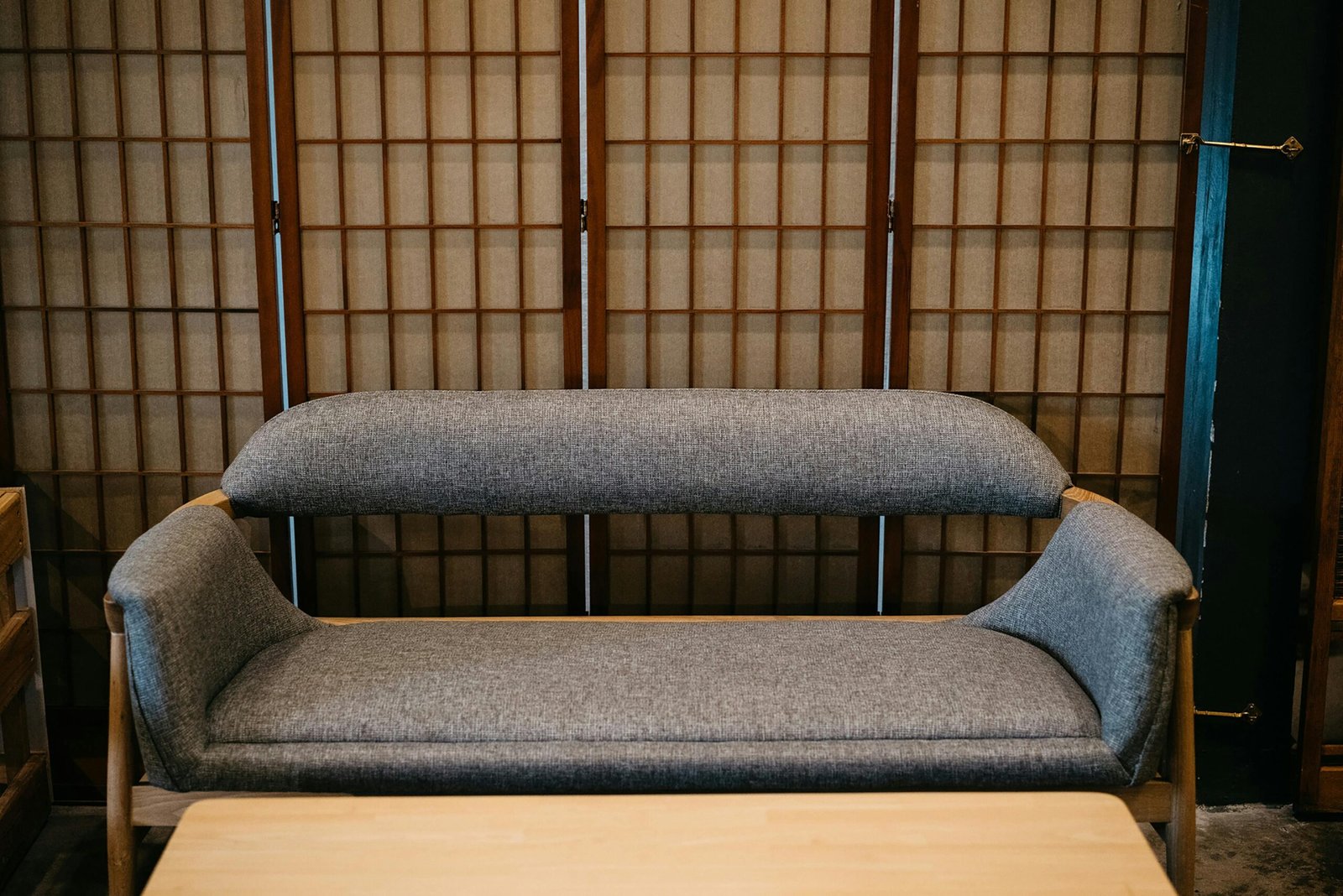Traditional vs. Modern Wooden Furniture Trends in Pakistan
Introduction
If you’re someone who’s obsessed with wooden furniture in Pakistan, you’re not alone. It’s not just furniture—it’s emotion, tradition, and a style statement all rolled into one. But now more than ever, there’s a clear shift in taste between the traditional wooden furniture lovers and the modern minimalists. So what’s driving this change? And how do the two compare?
Historical Overview
The Legacy of Traditional Wooden Furniture in Pakistan
Step into any old haveli in Lahore or Peshawar, and you’ll be transported into a world of grandeur. Think intricately carved beds, majestic deewans, and mirror-inlaid cupboards. These weren’t just items of use—they were works of art handed down generations.
Evolution Towards Modern Wooden Furniture Designs
With urbanization and changing lifestyles, there’s been a gradual move toward modern furniture in Pakistan. Sleek lines, less ornamentation, and more practicality now define the urban furniture space.
Understanding Traditional Wooden Furniture
Characteristics of Traditional Furniture
Traditional wooden furniture is heavy, carved, and built to last for decades. Its design often tells a story—of the family, the region, or even the craftsman.
Popular Types: Charpai, Deewan, Carved Beds, and More
You’ll commonly find:
-
Charpais (woven beds)
-
Deewans with royal backrests
-
Jharokhas and intricately designed cupboards
These items are staples in heritage-rich homes.
Influence of Culture and Heritage
Each region of Pakistan brings a distinct touch—from Sindhi patterns to Punjabi floral motifs. These aren’t just styles; they’re reflections of centuries-old traditions.
Materials and Craftsmanship Techniques
Sheesham (Indian Rosewood) is the king of woods in this domain. Artisans use traditional joinery, no nails or screws, just pure wood magic.
Modern Wooden Furniture Explained
What Defines Modern Wooden Furniture?
The modern wave is all about functionality meeting style. Modern wooden furniture is modular, easy to move, and caters to today’s fast-paced life.
Key Design Elements
Think smooth finishes, neutral tones, and lightweight frames. No more heavy backaches while shifting a sofa!
Minimalism and Functionality
The mantra here is “less is more.” Multi-purpose furniture like sofa beds, foldable tables, and storage ottomans are in vogue.
Technology and Mass Production
Modern pieces are often machine-made, allowing uniformity and quicker delivery times—a major shift from the handmade legacy of yesteryears.
Key Differences Between Traditional and Modern Furniture
| Feature | Traditional Furniture | Modern Furniture |
|---|---|---|
| Design | Heavily carved, artistic | Sleek, minimal |
| Material | Solid Sheesham, Teak | Engineered wood, MDF |
| Cost | High, but long-lasting | Affordable, easy to replace |
| Functionality | Aesthetic priority | Utility-focused |
| Customization | Handcrafted on order | Modular, often ready-made |
Regional Differences Across Pakistan
Lahore and the Love for Ornate Furniture
Lahore remains the hub for luxurious traditional wooden furniture, especially in areas like Chiniot.
Karachi’s Modern Urban Styles
Karachi is all about fast furniture—modular, IKEA-inspired, and designed for compact spaces.
Peshawar’s Handcrafted Heritage
Known for its wood carving artisans, Peshawar holds on proudly to the traditions of its forefathers.
Islamabad’s Fusion Trends
In the capital, you’ll find a perfect blend—modern wooden furniture with a sprinkle of vintage detailing.
Market Trends and Consumer Preferences
What Are Pakistanis Buying Today?
Urban buyers prefer modern furniture, especially those living in apartments. However, older generations and rural buyers still swear by the traditional.
Rise of Middle-Class Influence
The booming middle class in Pakistan wants affordability, style, and quick delivery—pushing demand for modern furniture higher.
Social Media and Furniture Aesthetics
Instagram and Pinterest are shaping desires. People want their homes to look like the feeds they scroll!
Sustainability in Wooden Furniture
Traditional vs. Modern Sustainability Practices
Traditional furniture scores higher in durability and longevity. But modern makers are catching up with sustainable MDF and eco-friendly polish options.
Eco-Friendly Wood Choices in Modern Trends
Bamboo, engineered wood, and FSC-certified timber are slowly making their way into modern wooden furniture in Pakistan.
Customization and Personalization
Traditional Craftsmanship Custom Orders
With enough budget and time, you can have a masterpiece built just for you—right from the choice of wood to the carvings.
Modular and DIY Custom Furniture Trends
Many modern brands now offer build-your-own options—perfect for those who want control but are short on time and cash.
Role of Social Media and E-Commerce
From Instagram-worthy traditional wooden beds to space-saving workstations on Daraz, the internet is now a major shopping arena.
Online Furniture Stores in Pakistan
Brands like Interwood, Habitt, and Urban Galleria are making it easy to browse, click, and furnish.
Affordability and Accessibility
Traditional Furniture as a Long-Term Investment
It may cost more upfront, but it’s likely to outlive even your grandchildren!
Modern Furniture for Budget-Conscious Consumers
Perfect for students, young couples, and renters—modern wooden furniture offers style without burning a hole in your pocket.
Pros and Cons
Advantages of Traditional Wooden Furniture
-
Timeless design
-
Sturdy and durable
-
Heirloom-worthy
Benefits of Modern Furniture Styles
-
Lightweight
-
Affordable
-
Ready-to-use and space-saving
The Downsides of Both
-
Traditional: Bulky, expensive
-
Modern: Shorter lifespan, less uniqueness
Future Outlook
Blending the Old and the New
The future of wooden furniture in Pakistan seems to be all about fusion—classic materials with modern design sensibilities. And that’s a trend we can all get behind.
Conclusion
Whether you’re a fan of traditional wooden furniture with its rich legacy or a lover of sleek, modern wooden furniture, one thing’s for sure: wood never goes out of style. Pakistan’s furniture scene is evolving, and there’s space for both the classic charm and modern chic. So why not mix and match to create a space that truly feels like home?
FAQs
1. Is traditional furniture still relevant in modern Pakistani homes?
Absolutely! Many homes blend traditional statement pieces with modern decor for a timeless look.
2. What type of wood is best for durability in Pakistan?
Sheesham and teak are top choices for strength and longevity.
3. Where can I find authentic handcrafted furniture in Pakistan?
Chiniot, Gujrat, and Peshawar are renowned hubs for traditional handcrafted furniture.
4. Is modern furniture cheaper than traditional in Pakistan?
Generally, yes. Modern furniture is often made from engineered wood and is mass-produced, making it more affordable.
5. Can I mix modern and traditional furniture styles?
Of course! That’s actually one of the hottest trends today—fusion decor is stylish and very doable.

